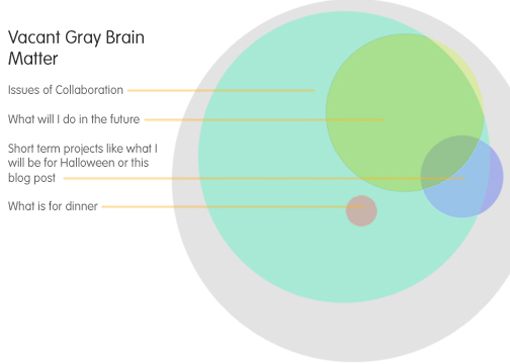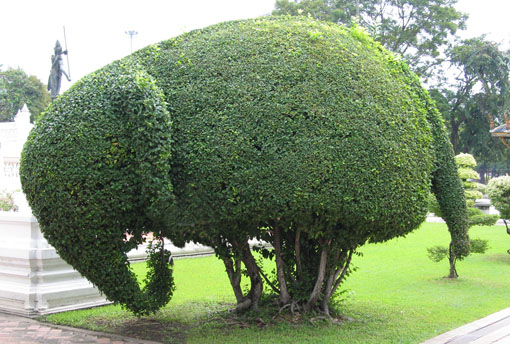On Collaboration
Posted on October 29, 2010 | posted by:‘Collaboration’ – a buzzword in business and education. Recently, collaboration has spread to lifestyles with Rachael Botsman’s notion of ‘Collaborative Consumption’. In companies the Work Breakdown Structure (WBS), Logic Model, and Participatory Impact Pathways Analysis (PIPA) help coordinate efforts. As a form of collective behavior, collaboration is becoming an underlying characteristic of our times. It may be appropriate to label it an emergent mental infrastructure…
Thus, the Transdisciplinary Design program relies heavily on collaboration. The wickedness of society’s problems and the challenges that lie ahead require reflexive collaboration among small groups to navigate complex intertwingled issues. However, if collaboration is the fertile soil from which a new crop of Transdisciplinarians will blossom, should we first consider some fertilizer or compost to grow farther, faster?
After catching myself repeatedly analyzing the up’s and down’s of collaborative brainstorming sessions, I decided to visualize the situation playing out in my mind. The resulting image revealed an astounding amount of time spent analyzing collaboration, questioning why some ideas blossom within a group while others fall flat.

After reading about the prospective brain, a light flickered on. Apparently, humans rely heavily on memories to imagine future events. For example, if I were to envision a revolutionary roller coaster, it would likely come from the experiential knowledge from riding heart-throttling coasters in the past. In a collaborative setting, I attempt to paint a verbal image of a new type of ride, ‘The omni directional gummy bear time warp’. Of the many ideas generated, this one falls short. This is due to a disjuncture in memories between group members, which is a fundamental challenge to collaboration when consensus is the method of moving forward. The result looks something like a small group of gardeners trimming away the organic direction of an idea to reveal a finely manicured topiary bush.

How in the world did we end up with this half-hearted elephant? I posit the answer lies in the fecundity of the soil; that with a little care and compost the ground will yield resilient sprouts with the strength to grow beyond the reach of a pruning saw. The goal of doing so is to ensure that if collaboration is the primary method of growing ideas, a good place to start is to work on the process by which we organize and actualize ideas.
Up Next – Open source soil: the Linux blossom